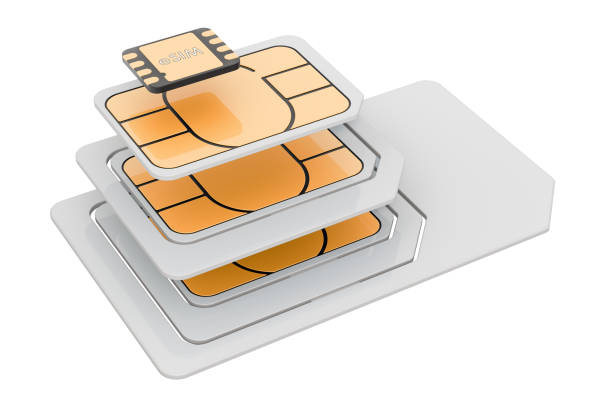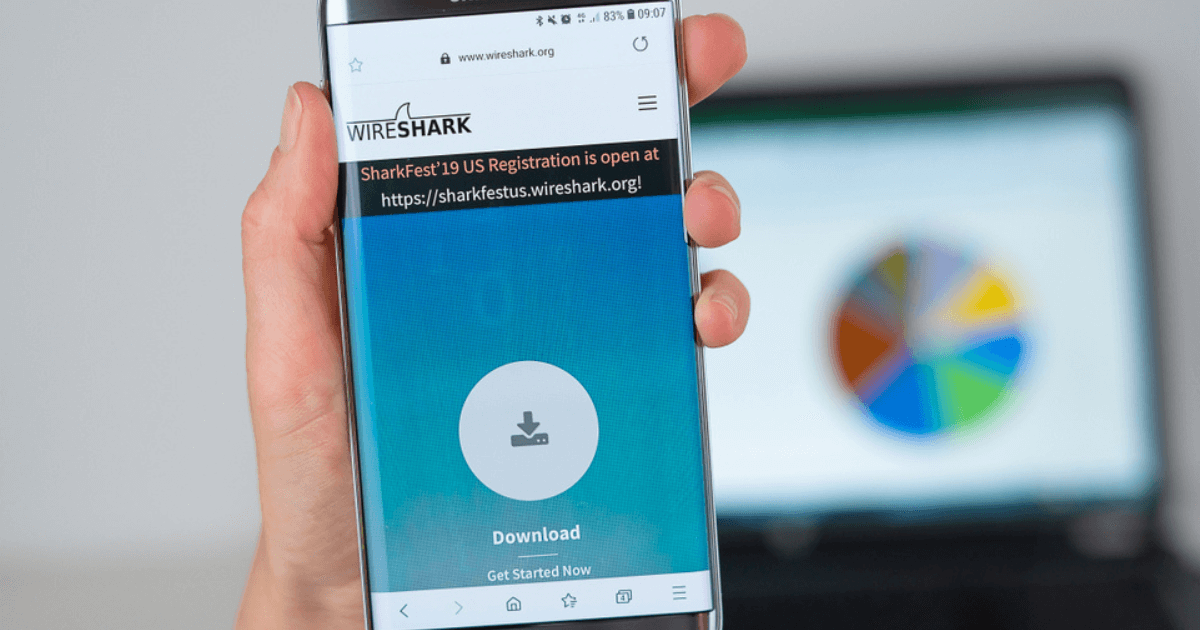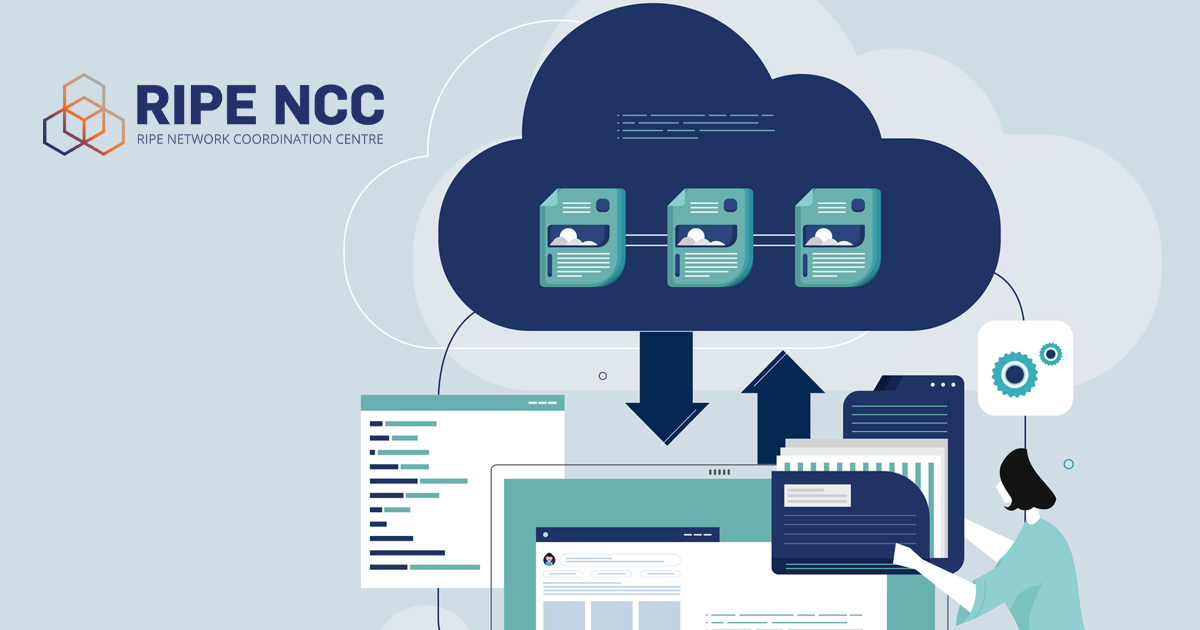

We are all familiar with the famous little removable card used in mobile devices to identify the user from a telephone operator's network, the SIM (Subscriber Identity Module). This small card stores not only the essential data for the user's connection to the carrier, but also allows the storage of contacts, text messages, and other personal data.
In 2013, the GSMA developed an innovative technology that would revolutionize the way we authenticate to contracted services, the eSIM (embedded SIM). The eSIM is a chip integrated into the device that allows exactly the same functionality as a physical SIM card, but with greater flexibility and convenience than the traditional SIM.
The eSIM cannot be physically removed or exchanged, instead it is programmed and managed through the device's own software. Its activation is done via a QR (quick response) code provided by the operator itself. After activation, the operator profile is installed on the eSIM. This profile contains the data required to connect to the operator's mobile network.
We can look at this QR code from the carrier as a package of access and authorization that allows us to surf a private network.
The eSIM profile is usually managed on the device itself using an application or the device's own settings.
This technology offered significant advantages over our small removable card because with the ease of switching carriers, simplifying activation, it became an asset when it came to freedom of choice.
The physical space on the device has also been reduced allowing eSIM to be used in devices with compact designs, such as smartwatches.
In short, eSIM results in a more fluid connectivity experience with the elimination of the traditional SIM card and the adoption of a SIM integrated into the device itself.











